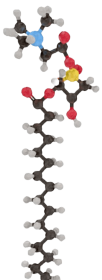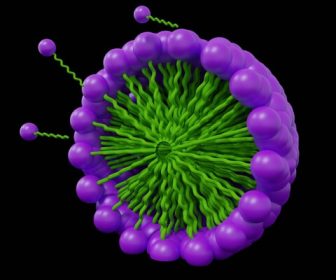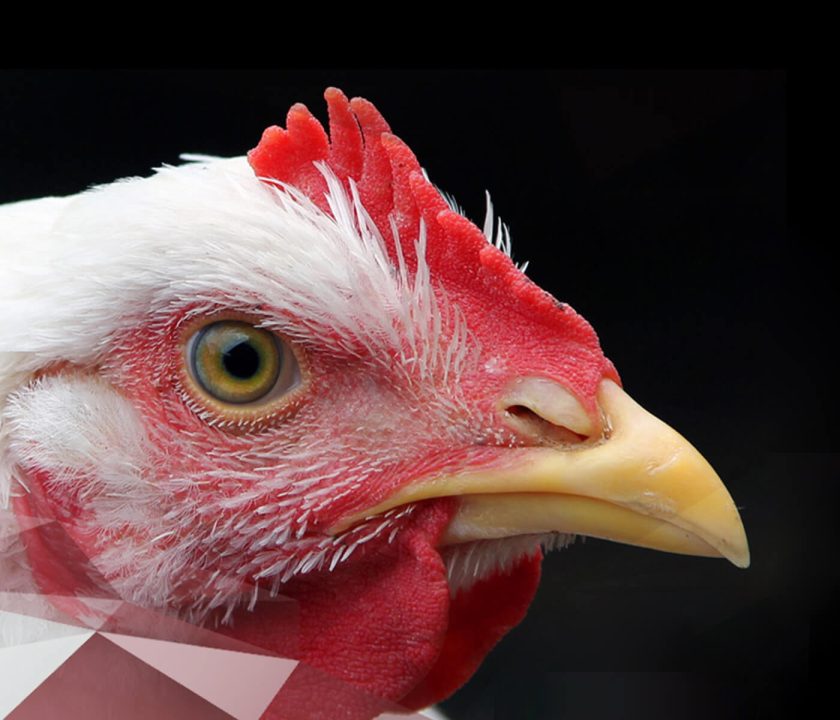Content available at: العربية (Arabic)
Lysolecithins improve nutrient digestibility through better emulsification and increased enzymatic potential.

High inclusion rates of fats and oils are used in broiler feeds to ensure a rapid growth that matches their genetic potential.
However, broilers are known to produce insufficient levels of bile salts and pancreatic lipase and therefore cannot optimally digest and utilize these feeds.
On top of that, these high fat feeds are costly which makes low fat feeds more attractive as they are cheaper. Yet, these feeds usually lead to lower animal performances.
| What if, through smart reformulation, the level of fats and oils can be lowered while maintaining performance? Emulsifiers based on hydrolysed lecithin, also known as lysolecithins, offer such an opportunity. |

Lysolecithins make it possible to reformulate feed by reducing energy and amino acid levels, without reducing animal performance.
![]()
Why are lysolecithins unique in their kind? Native lecithins are widely used as energy source or as emulsifier. However, the hydrophylic-lipophylic balance (HLB) of the phospholipids in these natural lecithins is rather low.

- To stimulate the emulsion of dietary fat in the aqueous environment of the gastrointestinal tract, an emulsifier with a high HLB-value (HLB > 7) is needed.
- By hydrolyzing native lecithins with specific enzymes, lysolecithins contain a
TO CONTINUE READING REGISTER IT IS COMPLETELY FREE Access to articles in PDF PDF
Keep up to date with our newsletters
Receive the magazine for free in digital version REGISTRATION ACCESS
YOUR ACCOUNT LOGIN Lost your password?

